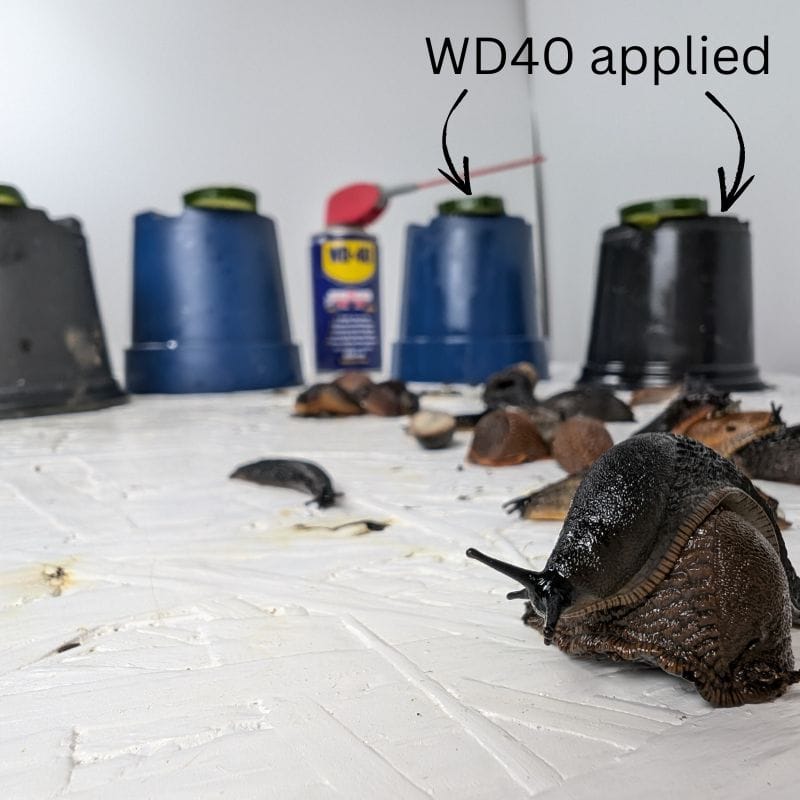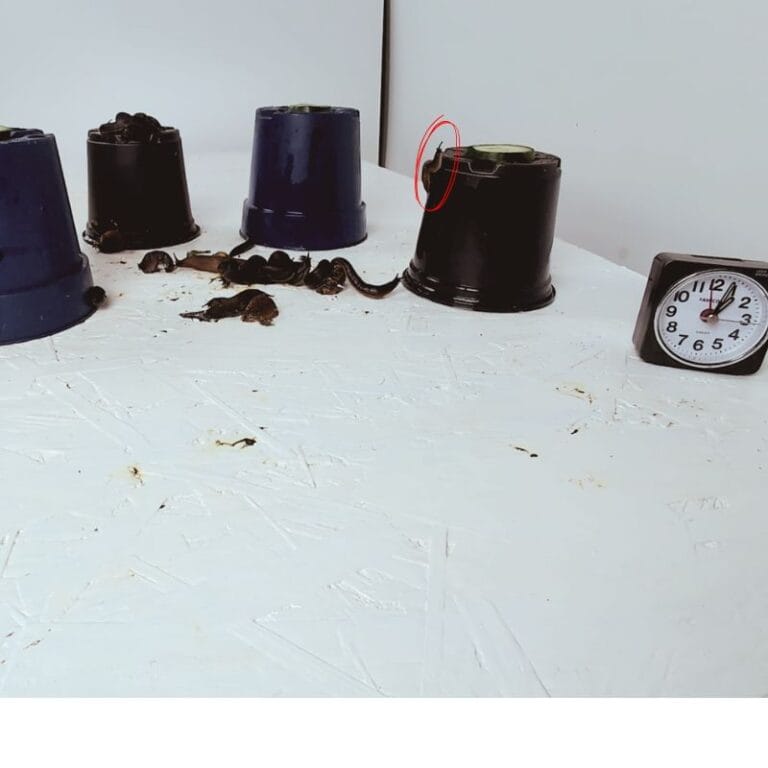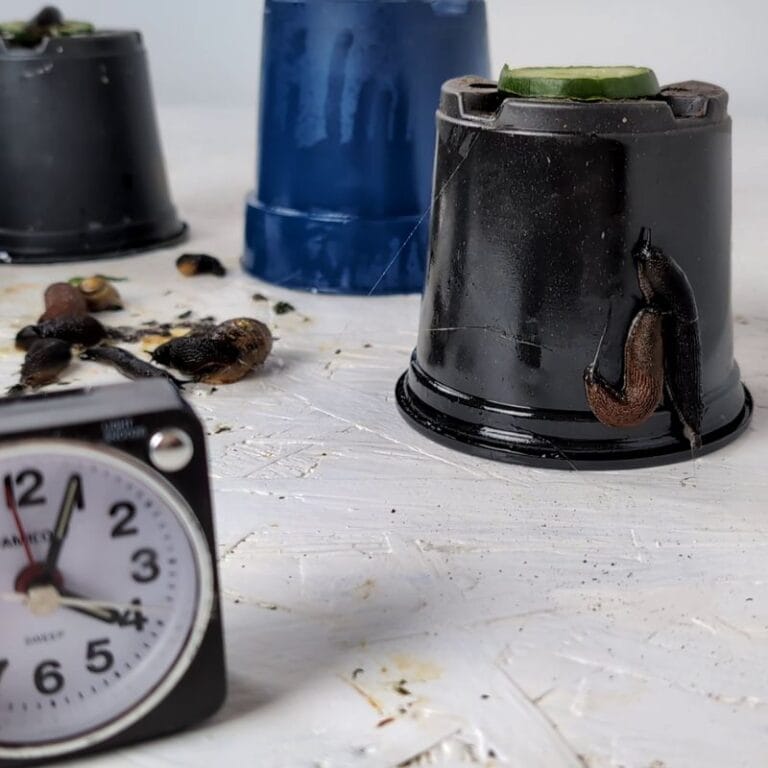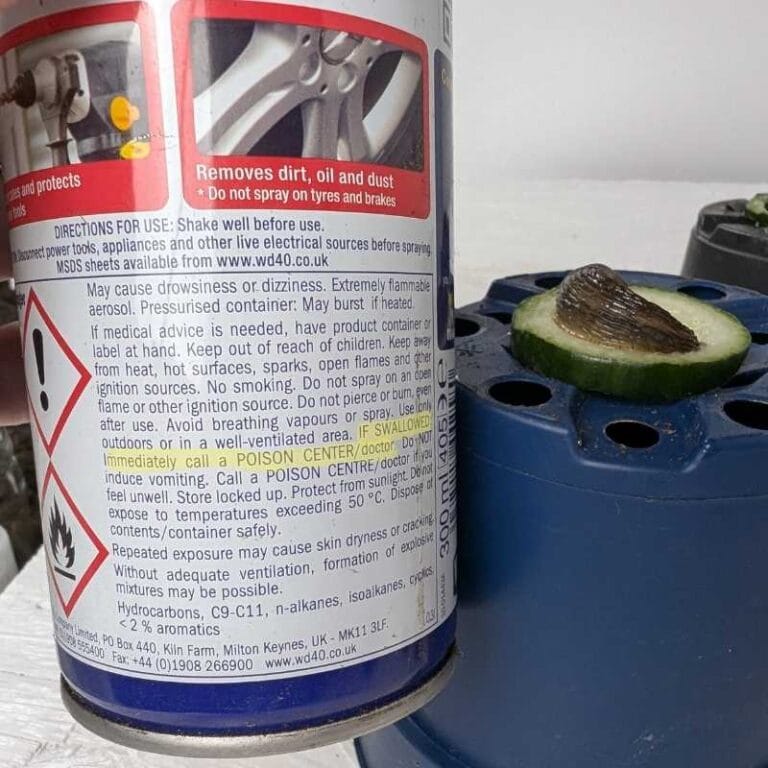Does Wd-4o work as a slug and snail repellent?
We kept seeing claims on social media that WD-40 can stop slugs and snails from climbing up potted plants. Some say it’s the smell and taste that puts them off, while others believe it makes pots too slippery for them to grip. So, we decided to put it to the test with a simple experiment.

How exactly do you use WD40 to repel slugs and snails?
You’re supposed to spray the WD-40 directly onto the outside of your pots and planters. The idea is that it creates a slick, slippery surface that slugs and snails can’t grip onto. Their mucus, which they normally use to stick to surfaces as they climb, doesn’t work well on the oily coating. So, in theory, they just slide right off or avoid the pot altogether. It’s meant to be a simple barrier that stops them reaching your plants in the first place.
How did we test WD40's effectivness as a slug and snail deterrent?
So, we got four pots—two of them we coated with WD-40—and then we gathered a bunch of slugs. To simulate the kind of garden plants you’re trying to protect, we placed slices of cucumber on top of each pot as bait. The idea was to see if the WD-40 would actually stop the slugs from climbing up compared to the untreated pots. We set up a timelapse camera and started the clock for 12 hours to capture what happened.
Right from the start, more slugs were drawn to the non-WD-40-treated pots. The first slug to approach the WD-40-treated pot did seem to hesitate, slipping slightly as it tried to climb. However, it didn’t give up, and after a bit of struggling, it managed to make its way up the pot just around the 1-hour mark. The WD-40 didn’t completely stop them, but it did seem to slow them down. Interestingly, I didn’t see any signs of it actually repelling them—no recoiling or retreating like you sometimes see when slugs encounter other deterrents. They still made their way up, just with more effort.

At the 4 hour mark slugs were seen sleeping totally still on the side of the pot, so it definetly doesn’t seem to work as a repellent, just possibly make it a bit more difficult to climb up pots, so likely has some effect in repelling slugs and snails. However i think there are much better options to protect potted plants, the best being a slugstand, or some sort of electric fence.

For our complete guide to stop slugs, sign up below.
IS it safe to use WD40 on your garden plants?

I’ll be honest—I definitely wouldn’t use WD-40 on or near anything I’m planning to eat. And personally, I wouldn’t really use it in the garden at all, just because of its chemical nature. The last thing I want is for something like that to end up in my soil, especially when there are more natural alternatives out there. At the end of the day, it’s up to you.
Summary - is wd40 a good slug and snail repellent?
I don’t think my experiment showed a single slug that tried to climb the pot and failed, although I do think the WD-40 made it more difficult for them. So, it likely would help a little in keeping your garden plants in pots and planters safe. But, to be honest, I wouldn’t use it in my own garden. There are better repellents and barriers out there, and with a warning label like that, I wouldn’t want it near my soil or plants. So, I’ll stick to using WD-40 for squeaky hinges and water displacement—not slug displacement!
